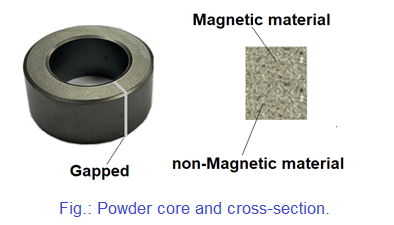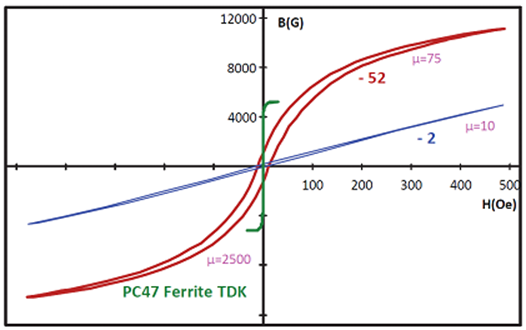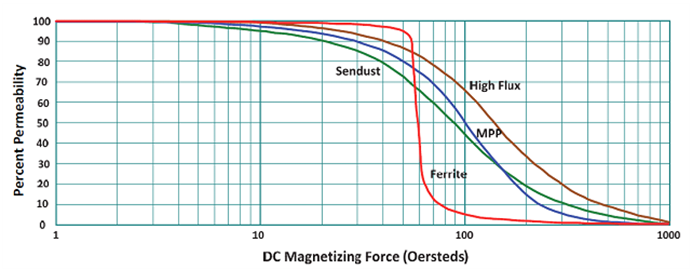
Mar 06,2023


.png)

| MPP | High flux | Sendust | Iron powder | |
| Core loss | Lowest | Middle | Low | High |
| DC bias | Better | Best | Good | Normal |
| Saturation magnetic flux intensity (Gs) | 7,500 | 15,000 | 10,500 | 15,000 |
| Relative permeability(μ) | 14-550 | 14-200 | 26-125 | 10-75 |
| Cost | High-tier | Mid-tier | Lower-tier | Lowest-tier |
| Temperature stability | Best | Better | Good | Poor |

